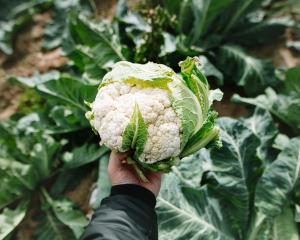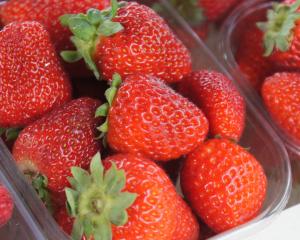

With singular white blossoms and unusual brown fruit in nests of healthy green elliptical leaves that turn fiery russet in autumn, it has a character all of its own.
Fallen favourite
Cultivated for centuries, the medlar, or Mespilus germanica, was once popular as a fruit tree. Falling into disfavour in recent years, it is now grown more for its ornamental value as a picturesque small tree up to 8m tall.
An acquired taste
The fruit is best described as an acquired taste. About 25mm across, the apple-like fruit is smooth matt brown with an opening at one end, crowned with a ring of persistent calyx lobes.
Inedible, hard and acidic initially, the fruit must be ``bletted'' or softened to be edible, either by frost or by storing, stalk up, in a cool place for some time. When ``bletted'', the fruit is wrinkled and darkened and the flesh reduced to a sweet paste, similar in taste and consistency
to a ripe rose hip or perhaps stewed apple.
Yet even if you don't fancy eating the fruit or even making it into a conserve, the tree itself adorned with fruit makes a worthy ornamental display.
Family connections
Belonging to the family Rosaceae, the medlar is related to more popular modern fruits such as apples, pears and plums. Within Rosaceae, however, it is most closely allied to Cotoneaster, Amelanchier and Crataegus (hawthorn).
Unique path
Medlars are self-fertile and don't require cross-pollination to produce fruit, which is great for the small garden. Though they are not a fussy tree, they prefer moist, well-drained loamy soil in sun to dappled shade.
As for pruning, apart from the general removal of dead, weak and crossing growth, it's best to generally let them take their own unique path.
If you would like to see a mature example of Mespilus germanica in full fruit, the Dunedin Botanic Garden has a striking one tucked beside the holly hedge, opposite the herbaceous borders.
- Rosie Allen is a qualified gardener in the rose garden and herbaceous borders at Dunedin Botanic Garden.












